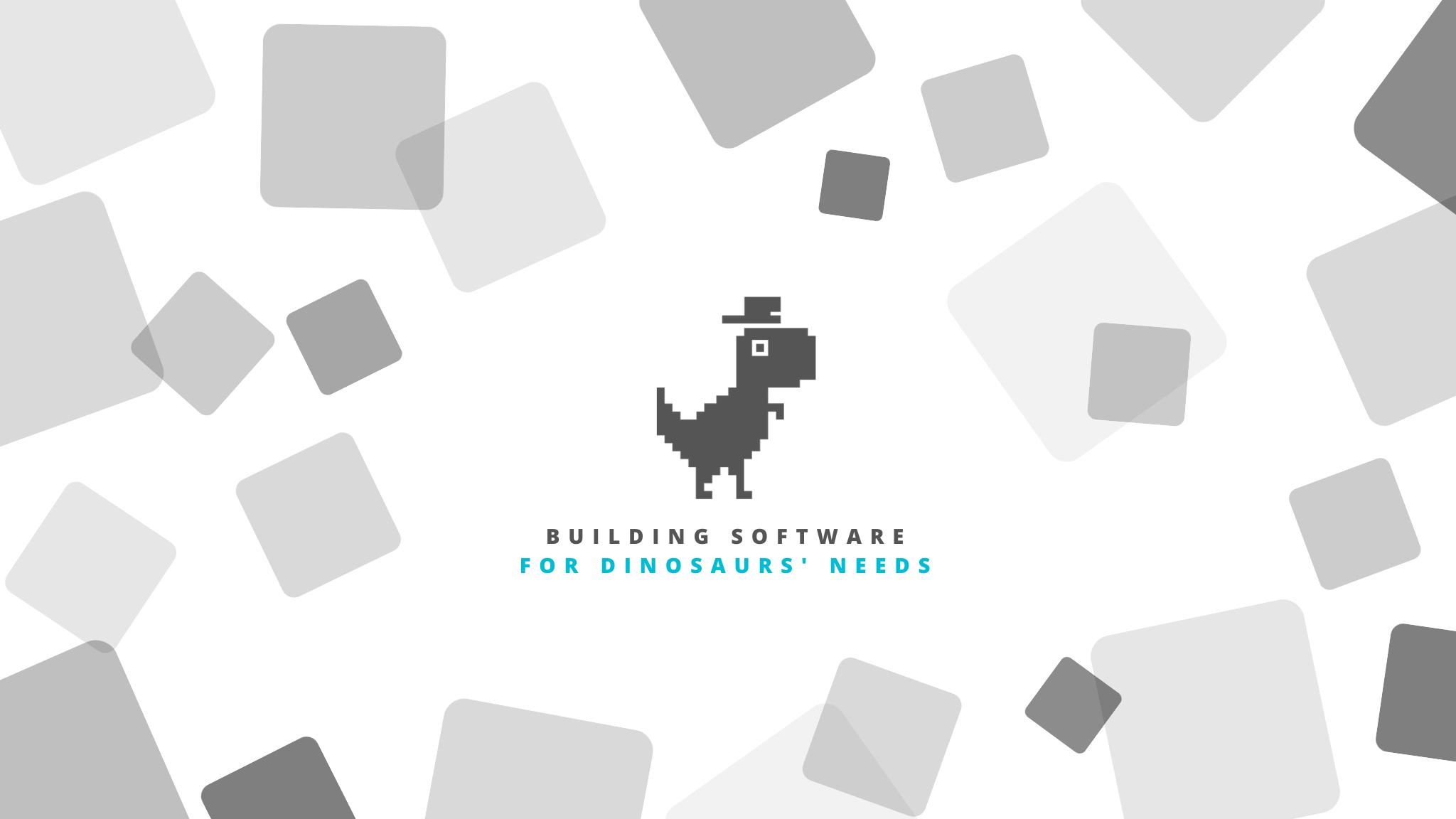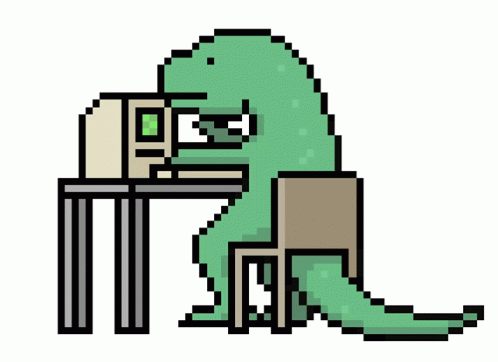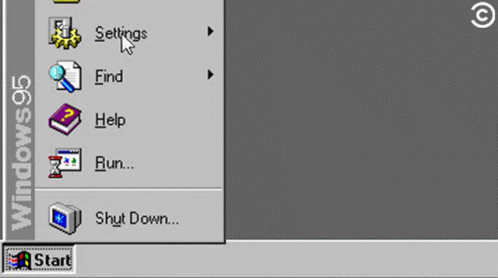Building Software for Dinosaurs' Needs


In the fast-paced world of technology, advancements seem to occur at an astonishing pace. However, the same cannot always be said about the adaptability of users. As developers, it is crucial for us to understand the needs and limitations of our users, even when their requirements may be rooted in outdated practices. In this blog post, we will explore the challenges I have faced as developer in accommodating user preferences and the importance of striking a balance between meeting user demands and driving technological innovation.
Outdated Software and User Expectations
Recently, I encountered a significant challenge while working on a clinical software sheet for a medical group. The doctors were accustomed to using a software application that was created over three decades ago for Windows 95!

Consequently, the majority of their requirements revolved around replicating the functionality and design of the outdated software. Despite the urge to introduce modern features and streamlined processes, it was apparent that the client's familiarity with the old software was deeply ingrained.
As software engineers, our role extends beyond mere coding and development. Understanding our users is paramount to creating successful and impactful solutions. While it may be tempting to dismiss the client's requests as outdated or inefficient, it is crucial to empathize with their perspective. The longstanding use of the old software had created a sense of comfort and familiarity for the doctors. By acknowledging this, we can find opportunities to enhance functionality while still meeting their expectations.
Balance is the key
In situations like these, it is essential to strike a balance between addressing user requirements and pushing technological boundaries. Rather than dismissing the client's requests outright, we can explore innovative ways to enhance the functionality within the constraints of the existing system.
One way to achieve this balance is by expanding the possibilities within the given requirements. For example, in the case of the clinical software, the client desired a list of symptoms and findings that doctors could manually write. Instead of disregarding this requirement, we can introduce a feature where doctors can simply click on an item from the list, and it would be automatically populated in the software. This approach respects the client's preference for manual data entry while also providing a more efficient and accurate method.
Another approach to bridging the gap between user expectations and technological advancement is to adopt an iterative improvement process. By releasing regular updates and incorporating user feedback, we can gradually introduce new features and enhancements while allowing users to acclimate to the changes at their own pace.
The bottom line
In a world where technology advances at a breakneck speed, it is incumbent upon developers to understand that not all users can adapt to these changes as quickly. By empathizing with our users and working within their existing frameworks, we can create software solutions that meet their needs while still driving technological innovation. Striking a balance between user expectations and technological advancement not only ensures user satisfaction but also paves the way for a seamless transition to more modern and efficient systems. As developers, our ultimate goal should be to empower users with the best possible tools while respecting their preferences and limitations.
If you enjoy the content, please don't hesitate to subscribe and leave a comment! I would love to connect with you and hear your thoughts on the topics I cover. Your feedback is greatly appreciated!

